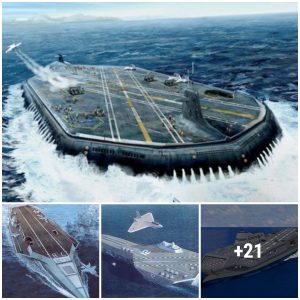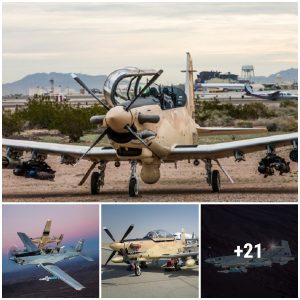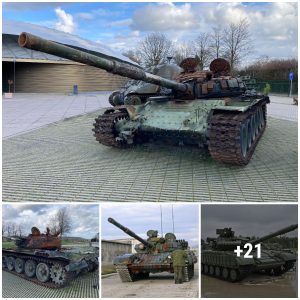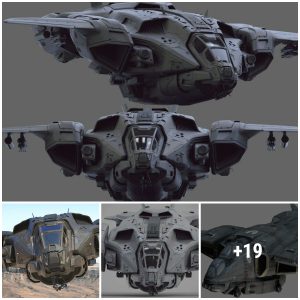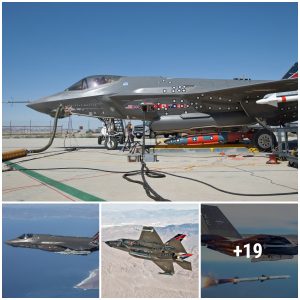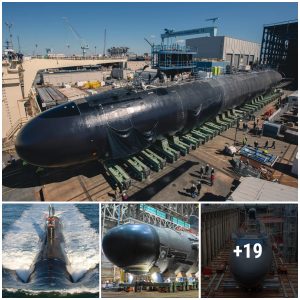The McDonnell Douglas/General Dynamics A-12 Avenger II was a proposed attack aircraft. The program was cancelled after the expenditure of approximately $5 billion and the aircraft never reached production.
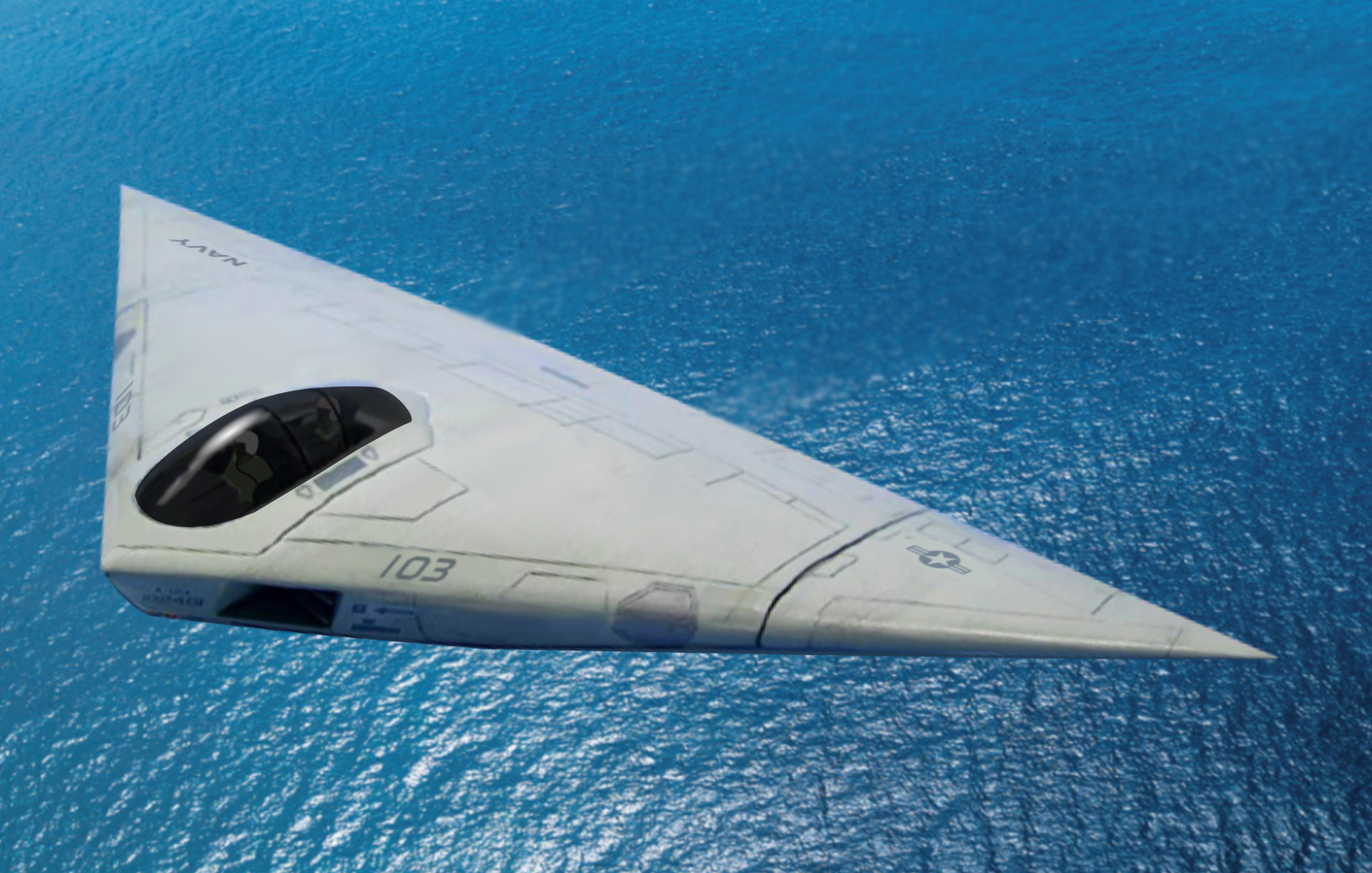
Google says mockups are “a scale or full-size model of a design or device, used for teaching, demonstration, design evaluation, promotion, and other purposes. A mockup may be a prototype if it provides at least part of the functionality of a system and enables testing of a design. Mockups are used by designers mainly to acquire feedback from users. Mock-ups address the idea captured in a popular engineering one-liner: “You can fix it now on the drafting board with an eraser or you can fix it later on the construction site with a sledge hammer.”
In 1983, the US Navy began the Advanced Tactical Aircraft (ATA) program. The goal was to develop a replacement for the Grumman A-6 Intruder using stealth technology. In November 1984, design contracts were awarded to two teams: McDonnell Douglas / General Dynamics and Northrop / Grumman / Vought. McDonnell Douglas/General Dynamics team was selected in 1988 to continue development. The Northrup/Grumman/Vought team dropped out and did not bid. The goal of first flight was planned for December 1990. The A-12 was named Avenger II after Grumman TBF/TBM torpedo bomber from World War 2.
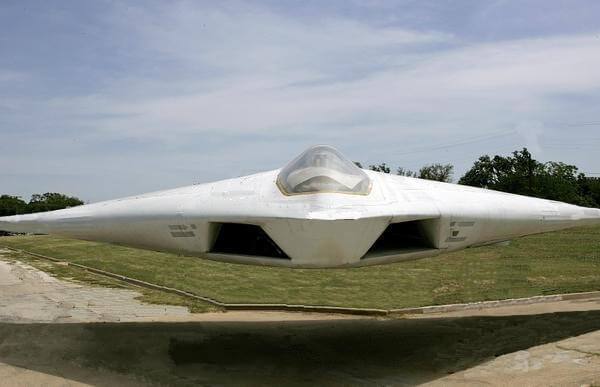
Initially the Navy wanted 620 A-12s, the Marines wanted 238, and the Air Force considered 400 A-12 variants. The A-12 was considered as a replacement for the retiring F-111s. Designers envisioned a flying wing design shaped like a triangle. It was this triangular shape that earned the A-12 the nickname of “Flying Dorito” after the Frito-Lay brand triangular corn chip.
As with many new technologies, delays and cost increases plagued the project. The planned use of composite materials was problematic. Weight and maintainability was also a concern. The design review was completed in October 1990. However, the Department of Defense declared that contractors could not complete the program as proposed. The A-12 program was cancelled in 1991. The contractors were ordered to return about $2 billion spent on the program. Claims were in court for years until the US Supreme Court ordered the DOD to return payment to the contractors.
The A-12 I did terminate. It was not an easy decision to make because it’s an important requirement that we’re trying to fulfill. But no one could tell me how much the program was going to cost, even just through the full scale development phase, or when it would be available. And data that had been presented at one point a few months ago turned out to be invalid and inaccurate.
Dick Cheney, Secretary of Defense, 1991.
So, when a new, high-tech program is cancelled, is it a failure? Not really. A whole generation of new engineers learned how to build composite and stealth aircraft that are the norm today in the F-22 and F-35. A variant of the F404 engine proposed for the A-12 was used in the F/A-18E/F Super Hornet – the aircraft chosen to replace the A-6 Intruder and the F-14 Tomcat.
Manufacturer: McDonnell Douglas/General Dynamics
Crew: 2
Length: 37 feet 10 inches
Wingspan (unfolded): 70 feet 3 inches; (folded) 36 feet 3 inches
Height: 11 feet 3 inches
Empty weight: 39,000 pounds
Maximum takeoff weight: 80,000 pounds
Powerplant: 2 × General Electric F412-GE-D5F2 non-afterburning turbofans, 13,000 pounds thrust each
Maximum speed: 580 mph
Range: 800-920 miles
Service ceiling: 40,000 feet
Armament: 5,160 pounds of in internally stored weapons bay including: 2× AIM-120 AMRAAM air-to-air missiles; 2× AGM-88 HARM air-to-ground missiles, and/or unguided or precision-guided bombs.

The Fort Worth Aviation Museum is very pleased to be the steward of the original and only A-12 mockup. The A-12 program and aircraft were secret and remained so for years. During production a full-size A-12 mockup was constructed and used at the General Dynamics Plant in Fort Worth. The mockup remained behind locked doors until it was first shown to the public at JRB Fort Worth/Carswell Air Force Base in June 1996. The aircraft was moved around the base for years and was eventually donated to the City of Fort Worth as a historic aviation asset. The A-12 was moved by truck from JRB Fort Worth (Carswell) in June 2013 to the museum and is on loan from the City of Fort Worth.
You will note the striking similarities between the A-12 and the Northrop Grumman B-2 Spirit and the Northrop Grumman X-47B.
This F-14 was originally a Grumman F-14A-85-GR Tomcat, Navy Bureau of Aeronautics No. 159600, c/n 147, and was manufactured by Grumman Aerospace in Calverton, New York. It was a Block 85 F-14A model delivered July 16, 1975. This was the longest serving F-14 Tomcat in the US Navy.
This aircraft spent a lot of time training new Tomcat pilots, as we await the full Navy records, we know this aircraft served with:
VF-124 Gunfighters at NAS Miramar, VF-101 Grim Reapers at NAS Oceana, In 1987, 159600 transferred to the fleet, serving, in order, with VF-142 Ghostriders, VF-14 Tophatters, and again with VF-142 Ghostriders with at NAS Oceana.
In 1978, the aircraft served with VF-84 Jolly Rogers (marked as “AJ 210”). In the 1983-84 timeframe, the aircraft arrived at VF-14 Tophatters (as “AE 104”) who operated the aircraft until 1988. The Tomcat then joined VF-142 Ghostriders (“AG 206”). In 1990 the aircraft arrived at the now closed Naval Aviation Depot Norfolk, Virginia, for conversion into an F-14D (serial number DR-5). Perhaps 1994 or 96?
By 1994, the aircraft was flying with VF-2 Bounty Hunters (as “NE 115”) at NAS Miramar. During this tour, NAS Miramar transferred to the Marine Corps and VF-2 relocated to NAS Oceana. It remained with this squadron for ten years, but changed its call number to “NE 110” about January 1999.
In 2003, this aircraft would return to her roots and once again serve in Fleet Readiness Squadron VF-101 Grim Reapers. The following year, 159600 would be assigned to VF-31 Tomcatters where she would remain until the Tomcat’s retirement in September 2006.
In 2004, the aircraft has returned to VF-2 (and remained “NE 100”). In 2004, VF-101 operated the aircraft (as “AD-160”). A year later in 2005, VF-31 operated the aircraft (as “AJ-111”). It was while assigned to VF-31 that it received the nickname “Christine” after the Stephen King thriller.
While on it’s final cruise (September 2005-March 2006) aboard the USS (ship), this aircraft would experience a structural failure — a bulkhead blew out during routine maintenance. The aircraft became a maintenance challenge for months, but was returned to flight status.
This aircraft has a long combat history including a role as a Forward Air Controller (Airborne), Forward Air Controller (Airborne) (“FAC(A)”) in Desert Storm and Afghanistan. Locally, Tomcats were flown by Navy fighter squadrons, VF-201 and VF-202 at NAS Dallas and the Joint Reserve Base at Carswell for fifteen years.
The aircraft arrived in Fort Worth aboard a Lockheed C-5A Galaxy on March 3, 2007. This F-14 Tomcat is on loan from the National Naval Aviation Museum (NNAM) in Pensacola, Florida.
